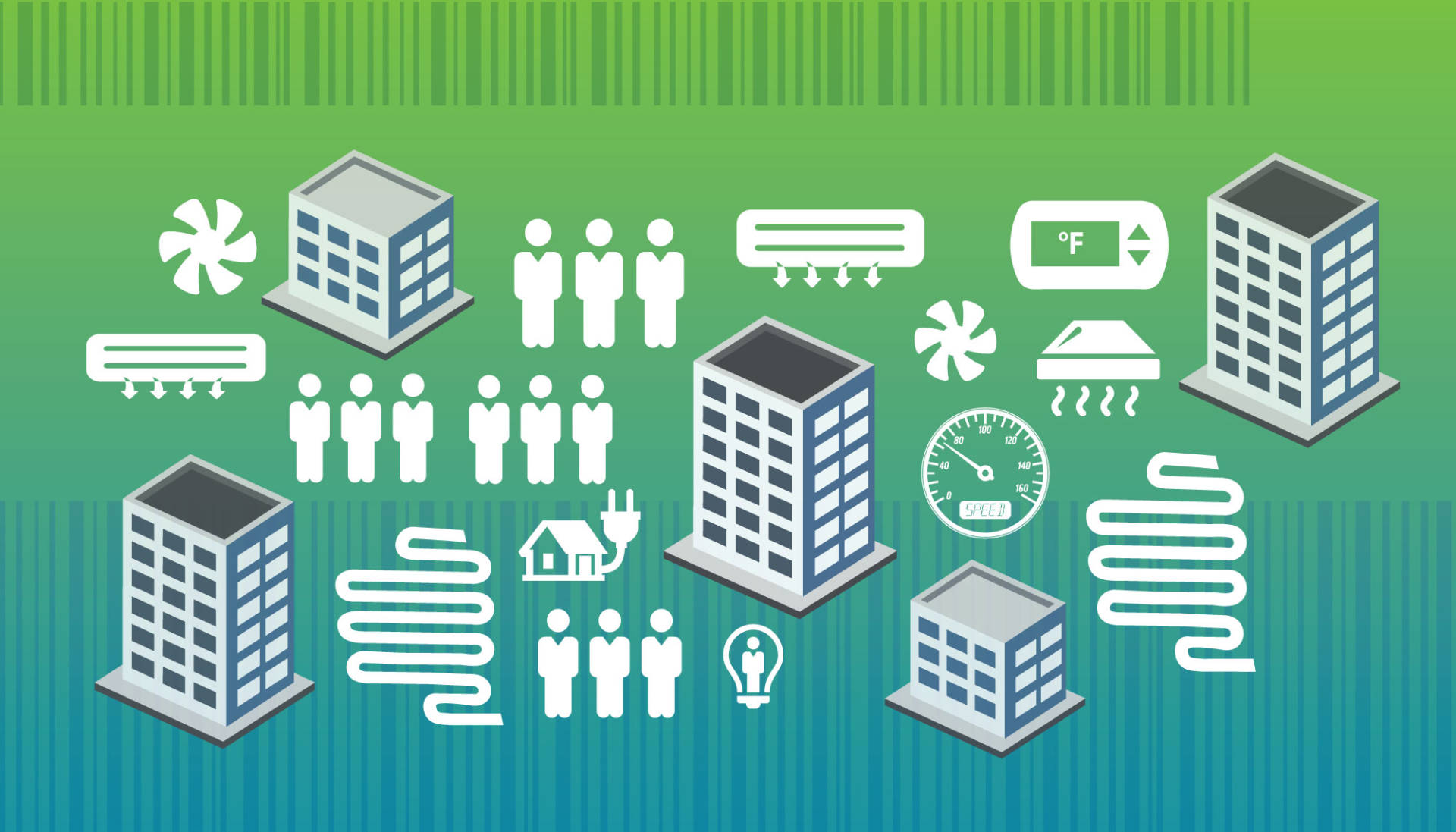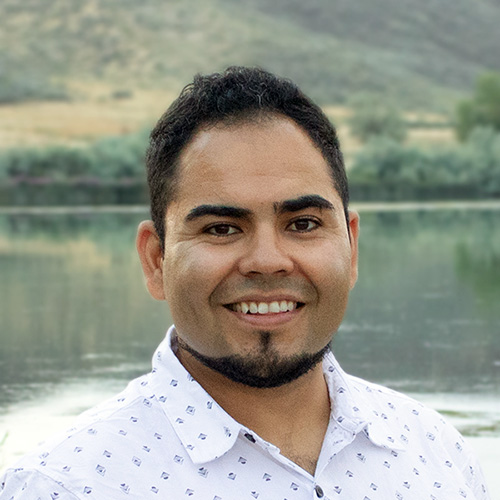
November 16, 2021 2:00 pm – 4:00 pm PST
Faculty and researchers at UC Berkeley’s Center for the Built Environment are pursuing wide-ranging research with the goal of improving building energy performance, the quality of indoor environments and the effectiveness of workplaces. This course presented insights and findings from new research, with interesting implications for commercial building stakeholders.
First, Lindsay T. Graham discussed recent findings from an analysis of CBE’s Occupant Survey database, including responses from over 90,000 occupants in 900 buildings. This research demonstrates how occupants’ experiences with their indoor environments reveals whether these spaces support or hinder work activities, and which aspects of contemporary office buildings fail or succeed in this mission. Next, Thomas Parkinson presented new research, currently in press, that combines responses from the CBE Occupant Survey with Twitter data to investigate persistent overcooling in commercial office buildings. This study illuminates how excessively cool temperatures negatively impact energy efficiency measures and reduce thermal comfort, particularly for women. Finally, Carlos Duarte discussed research on high-mass radiant systems, which provides improved thermal comfort when compared to traditional systems, and which have been used in many net-zero buildings. He presented advantages and limitations of these systems, and demonstrated a simplified radiant system design webtool that lets users define common design parameters, including controls, in order to test innovative designs that take advantage of thermal mass.
This event was free and open to the public, and co-organized by the PG&E Pacific Energy Center and the Center for the Built Environment (CBE) at UC Berkeley.
Speakers and Presentations
-

Carlos Duarte, PhD
Postdoctoral Scholar, CBE, UC Berkeley
Presentation: Research and tools on optimizing radiant systems in non-residential buildings
Carlos Duarte has conducted research on radiant heating and cooling, occupant behavior impact on building energy consumption, and the development of tools that help multiple building stakeholders. He is currently working to standardize semantic descriptions of equipment and building control points, to extract actionable information from the wealth of data that building systems produce. He is also working on a multi-year field study to reduce natural gas consumption in commercial building heating systems. Carlos received his PhD in Architecture at UC Berkeley, and BS and MS degrees in Mechanical Engineering from the University of Idaho.
-
Lindsay T. Graham, PhD
Research Specialist, CBE, UC Berkeley
Presentation: Lessons learned from 20 years of CBE’s occupant surveys
Lindsay T. Graham is a psychometrician and personality and social psychologist who specializes in the assessment of individuals in their daily environments and person-environment fit. Lindsay’s research explores the interaction between individuals and their environments; specifically, how people select, manipulate, and utilize their spaces. She works on ways to enhance assessment of human/building interactions, specifically through CBE’s Occupant Survey, a web-based tool that quantifies how buildings are performing from the perspective of the occupants. Lindsay received a PhD in Personality and Social Psychology from UT Austin.
-
Thomas Parkinson, PhD
Assistant Professional Researcher, CBE, UC Berkeley
Presentation: Overcooling offices leads to gender inequality in thermal comfort
Thomas Parkinson’s research efforts are directed towards high performance buildings that enhance occupant comfort and wellbeing. His current interests include human thermal comfort and physiology, indoor environmental quality, the application of sensor technologies in built environments, and psychophysics. He received his PhD in Architectural Science from the University of Sydney, focused on thermal perception in dynamic environments. Following this, he worked as a lecturer in architectural science and led the technical development of SAMBA, and advanced IEQ monitoring system.
Continuing Education
At the conclusion of this course, participants are able to:
- Demonstrate knowledge of methods for using occupant surveys for post-occupancy evaluation.
- Cite several key concerns related to the indoor environment that are likely to affect employee satisfaction and work effectiveness.
- Explain how overcooling in office buildings in North America is leading to excessive energy use, and decreased comfort that disproportionately impacts female office workers.
- Summarize the potential benefits of high-mass radiant system, including key design considerations.
- Show basic familiarity with an online radiant system design tool for non-residential buildings.
